Watching the Trailer is very excited to welcome Dr Jonathan Wroot, from the University of Worcester for this week's guest blog post.
------------------------------------------------------------------------------------------------------
Trailers and DVDs are often seen as promotional extra-texts that exist in relation to a specific film. However, such material is produced by specific industries and institutions. Therefore, should they not be discussed as individual media texts? This was the argument I made in a paper presented at the MeCCSA conference in January 2014 (see here). Evidence was taken from the actions of the UK distributor, Arrow Video, which will be the focus of this blog post. Theoretical concepts and interpretations were debated in the original paper. However, this post will mainly focus on the significant content within the Arrow Video Stories.
The first 'Arrow Video Story': Deadly Blessing
------------------------------------------------------------------------------------------------------
Trailers and DVDs are often seen as promotional extra-texts that exist in relation to a specific film. However, such material is produced by specific industries and institutions. Therefore, should they not be discussed as individual media texts? This was the argument I made in a paper presented at the MeCCSA conference in January 2014 (see here). Evidence was taken from the actions of the UK distributor, Arrow Video, which will be the focus of this blog post. Theoretical concepts and interpretations were debated in the original paper. However, this post will mainly focus on the significant content within the Arrow Video Stories.
The first 'Arrow Video Story': Deadly Blessing
From 2013 onwards, Arrow has posted trailers online that coincided with its latest DVD and Blu-Ray re-releases. The first was for Wes Craven’s Deadly Blessing (1981). These were not just trailers for the films (which range from Black Sabbath (1963) to Blow Out (1981)), as they also detailed the new content on each DVD release (such as the film’s picture quality, packaging for the disc, and newly recorded interviews with the cast and crew). Moreover, the trailers are categorised as part of the “Arrow Video Story”, and so do not simply act as advertising for the latest ancillary products related to specific films. These trailers are emphasised as individual texts to be watched both individually and as part of a particular distributor’s activities. They also emphasise the DVDs as new texts to be enjoyed. Therefore, if distribution companies are treating ancillary material, such as trailers and DVDs, as singular media texts, academic research should do the same.
The majority of Arrow Film’s releases, especially throughout 2013, have been as part of the Arrow Video sub-label. The extent of this section of Arrow’s operations can be seen on its website – where the label's site claims it ‘brings you the best cult films in deluxe editions with newly commissioned artwork, specially curated extras and booklets. Arrow Video editions take in genre staples like Italian horror, grindhouse classics, and much more…’ (take a look here).
The Arrow Video sub-label page is the only Arrow webpage divided up into genres, as well as certain directors and countries. These releases are also often available on both Blu-Ray and DVD – and each case is elaborately designed, showing that they do not only have a multitude of extras, but also various collectible items and artwork within the packaging. Arrow do not just see these releases as only appealing to a niche market as luxury items. DVDs with a reduced amount of extras and artwork are also as part of another sub-label, ArrowDrome, where titles are allocated colours according to their genre.
Arrow Video markets its releases through its unique trailers which are classified as part of the ‘Arrow Video Story’, and are posted on the Arrow Video YouTube channel shortly before a title’s UK release – as well as through Facebook and Twitter. These sorts of trailers do not exist for other Arrow Films titles or the ArrowDrome re-releases. The Arrow Video Story trailers advertise the film, but only as one ‘chapter’ within its short running time. The second chapter briefly gives an overview of the extra content that the disc includes – which is often newly made or never seen before – whereas the third details the packaging that the disc comes in. Most of the Arrow Video Stories are no longer than 90 seconds, and can all be found on this YouTube playlist.
(Below: Knightriders - The Arrow Video Story)
Here, the DVDs are presented as new editions of the films – in that Arrow Video is presenting these releases as new experiences for consumers to enjoy – and not just a new way of viewing a particular film. There is a bit more going on as well. The trailers are classified as part of the Arrow Video Story – which could mean the label’s overall view of its own actions, but this classification does not feature on the Arrow Video packaging. The phrase Arrow Video Story is only attached to the trailers for the DVD releases that are posted on the distributor’s YouTube channel.
I believe that this phrasing of the Arrow Video trailers shows that the label wants to catalogue its trailers as comprehensively as its DVD collection. In the past, Arrow Video did release extensive catalogues of its releases – and they could be requested by post, or downloaded as a PDF of the website. Now, its website has been radically updated to reflect the categories that were contained in its printed catalogues. In addition, there have been 61 Arrow Video Stories released to date on YouTube.
The trailers are not just being used as a means of promoting these DVD releases, but they are also being made available as a new experience for UK media consumers and web browsers. Just through viewing the Arrow Video stories on YouTube, viewers can get a sense of the film’s history as well as reasoning behind Arrow’s treatment of the film (e.g. this could just be because of a film’s cult status, though allusions are also made to positive critical reception and commercial success, where relevant). For instance, take the Chapter Two section of the Arrow Video Story for Big Trouble In Little China (1986). Many comments from the cast and crew illustrate how they thought the film had a great script, but this feeling was not shared by the studio executives and producers. It is now regarded as a film that was ahead of its time in the use of visual effects, as well as trampolines and wire-work for its stunts.
(Below: Big Trouble in Little China)
I believe that this phrasing of the Arrow Video trailers shows that the label wants to catalogue its trailers as comprehensively as its DVD collection. In the past, Arrow Video did release extensive catalogues of its releases – and they could be requested by post, or downloaded as a PDF of the website. Now, its website has been radically updated to reflect the categories that were contained in its printed catalogues. In addition, there have been 61 Arrow Video Stories released to date on YouTube.
The trailers are not just being used as a means of promoting these DVD releases, but they are also being made available as a new experience for UK media consumers and web browsers. Just through viewing the Arrow Video stories on YouTube, viewers can get a sense of the film’s history as well as reasoning behind Arrow’s treatment of the film (e.g. this could just be because of a film’s cult status, though allusions are also made to positive critical reception and commercial success, where relevant). For instance, take the Chapter Two section of the Arrow Video Story for Big Trouble In Little China (1986). Many comments from the cast and crew illustrate how they thought the film had a great script, but this feeling was not shared by the studio executives and producers. It is now regarded as a film that was ahead of its time in the use of visual effects, as well as trampolines and wire-work for its stunts.
(Below: Big Trouble in Little China)
Arrow are treating their DVD re-releases of films as separate media experiences compared to whatever has come before. The trailers not only reinforce this, but are an important experience themselves. Arrow wishes to use them to chart its continuing story in the UK home media market. To briefly refer to the full conclusions of my original paper, paratexts and similar terms are useful for categorising promotional and ancillary materials related to film and media. However, the actions of Arrow and other companies can illustrate how these materials can be consumed and interacted with independently of the “central” text. Therefore, it may be more useful to use or adapt conceptual terms such as intertexts. This is in contrast to paratexts, which suggest a certain hierarchy between films and their ancillary materials. Trailers are becoming more prevalent in today’s media culture, and the concepts used to describe their behaviour need to reflect this.
-------------------------------------------------------------------------------------
Jonathan Wroot, University of Worcester
Dr Jonathan Wroot is a Sessional Lecturer at the University of Worcester. He has taught classes on introductory film history and theoretical concepts; audience research; cult cinema; film reviewing; and documentary cinema. His PhD research concerns the distribution and marketing of Japanese films on DVD in the UK. Several articles derived from this work will be appearing throughout 2015. Further to these developments, Jonathan will be editing the intended publication for the collected papers of “Distributors, Discs and Disciples: Exploring the Home Media Renaissance”. Another research project on the Zatoichi film franchise is currently in development. Jonathan has presented at several conferences in London, Bournemouth, Manchester, Coventry, and St Andrews. His research on Arrow Video is also intended to be a subject within a future monograph.

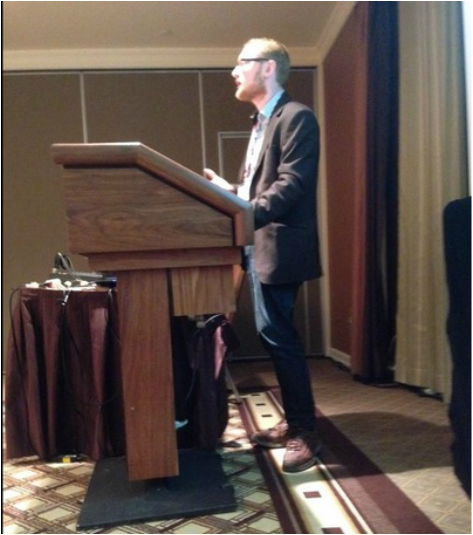

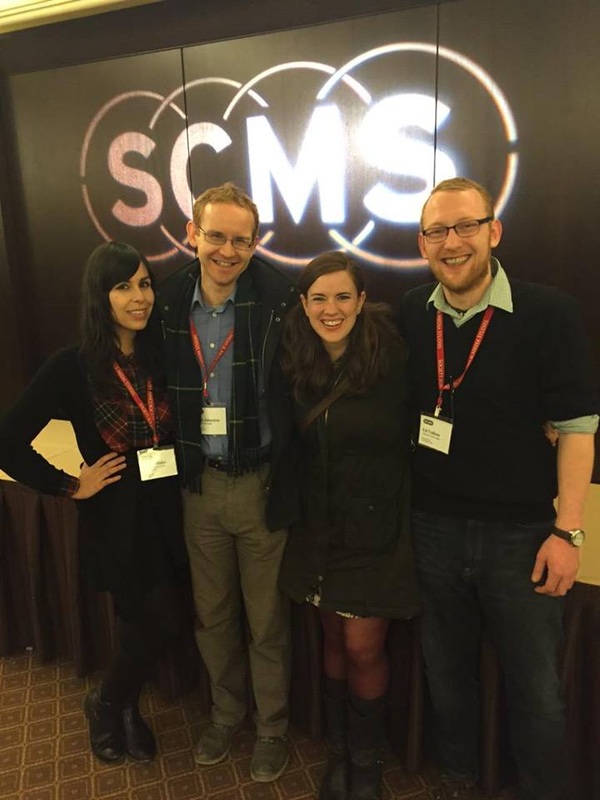
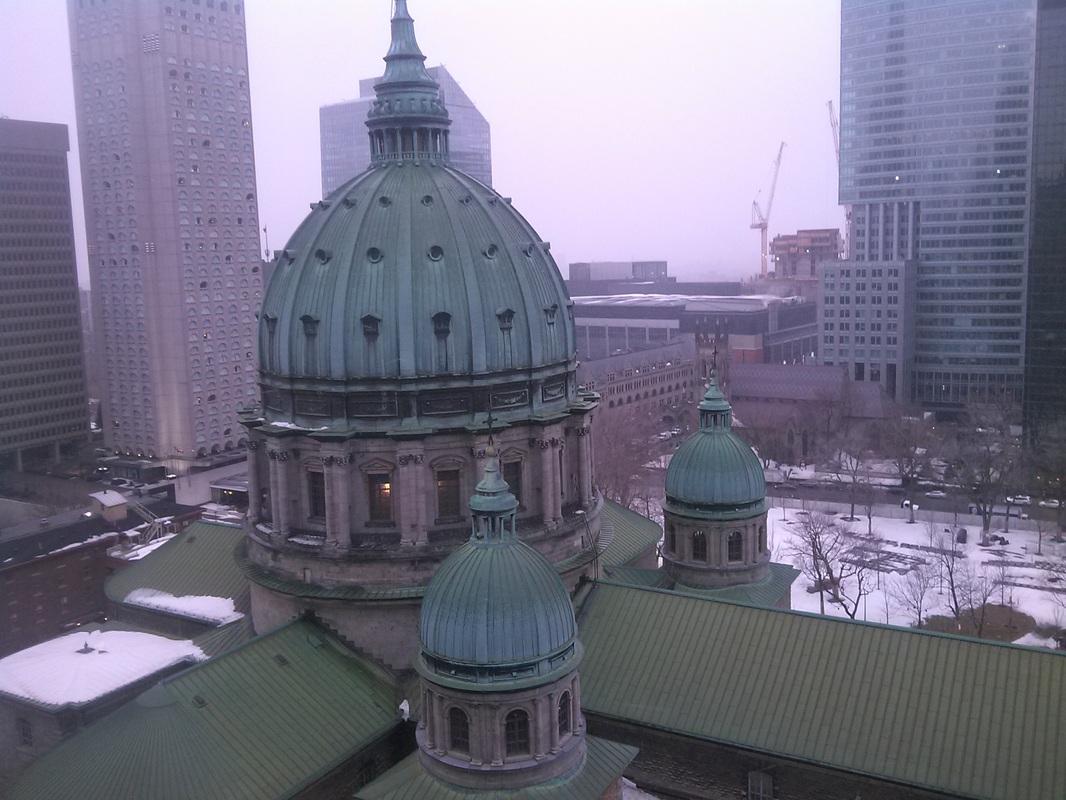


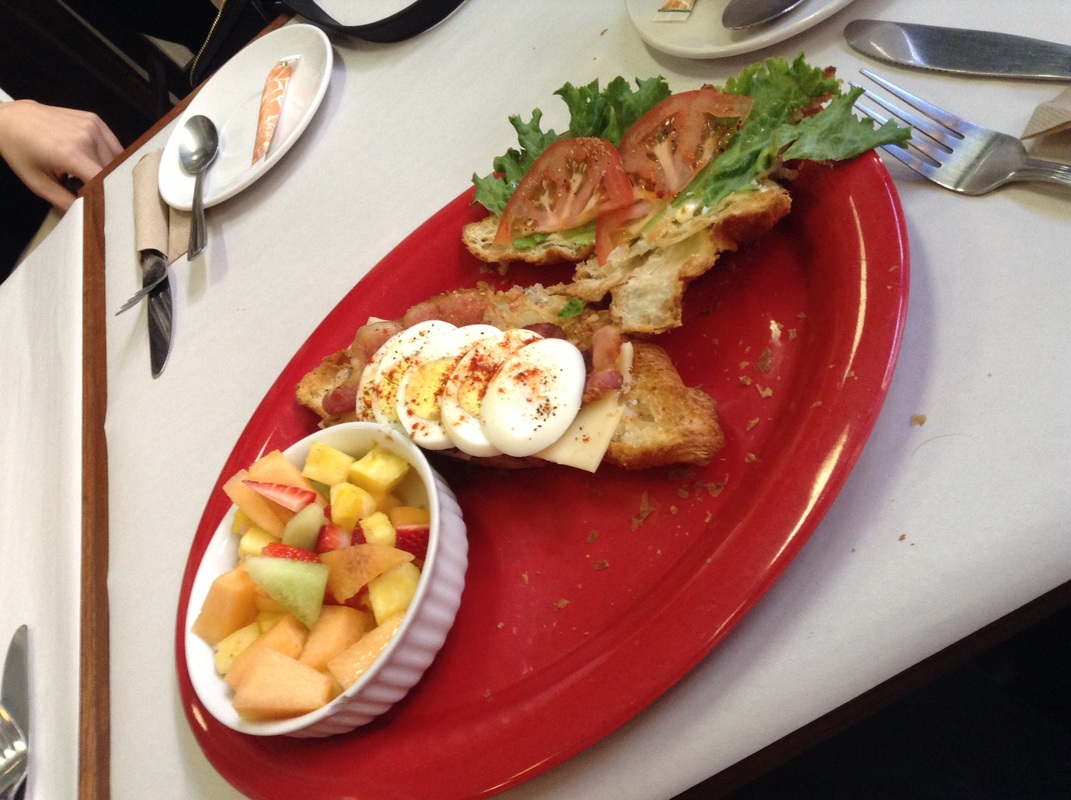
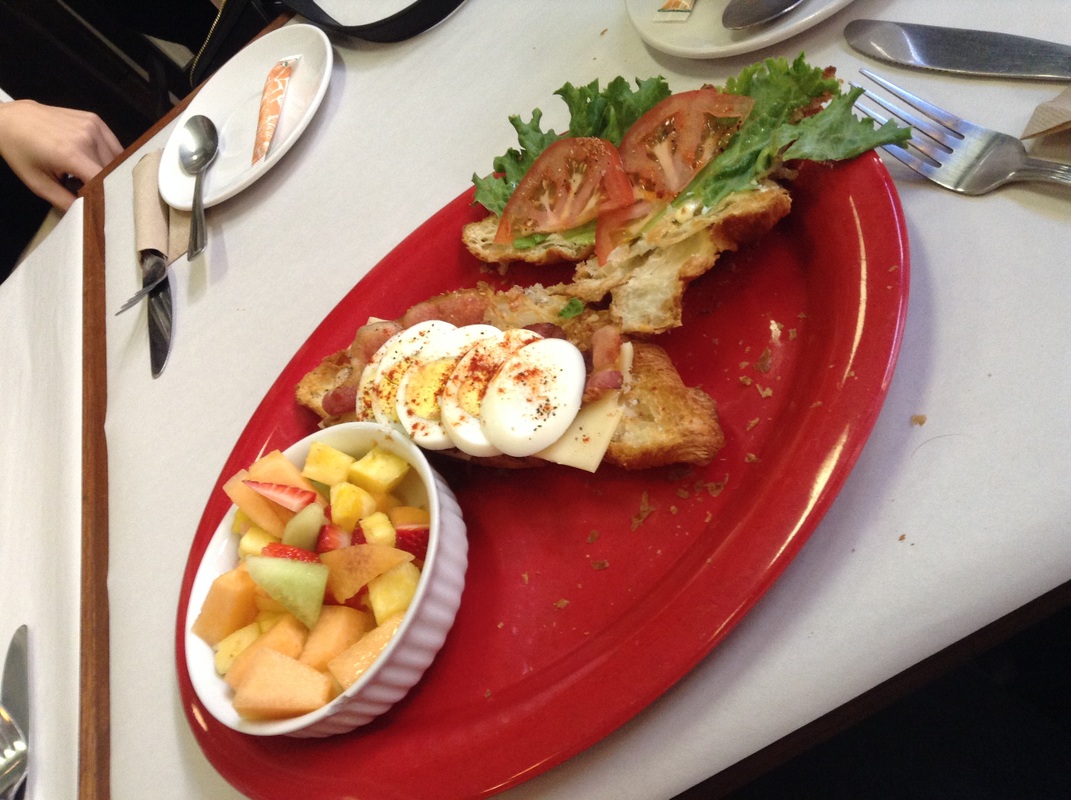

 RSS Feed
RSS Feed